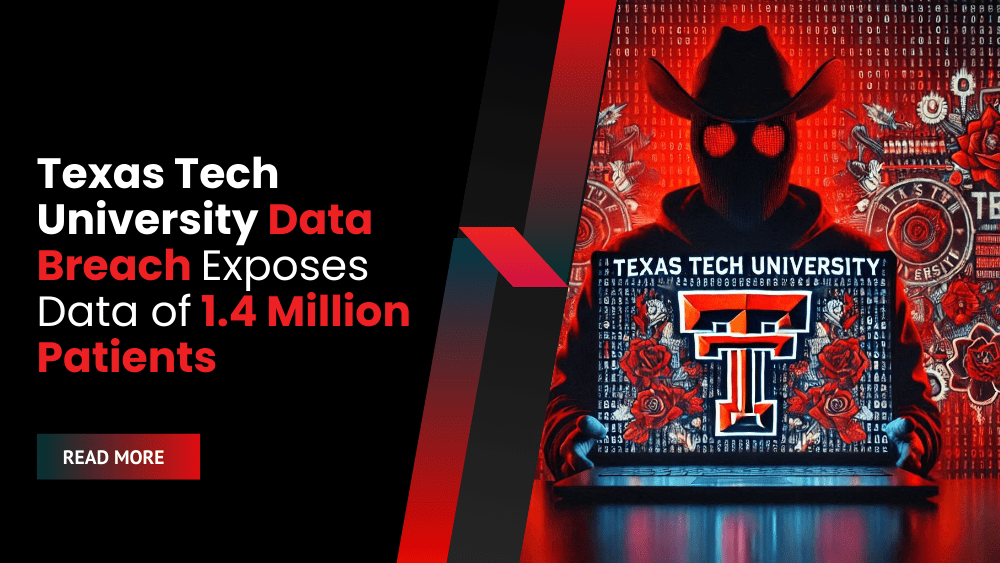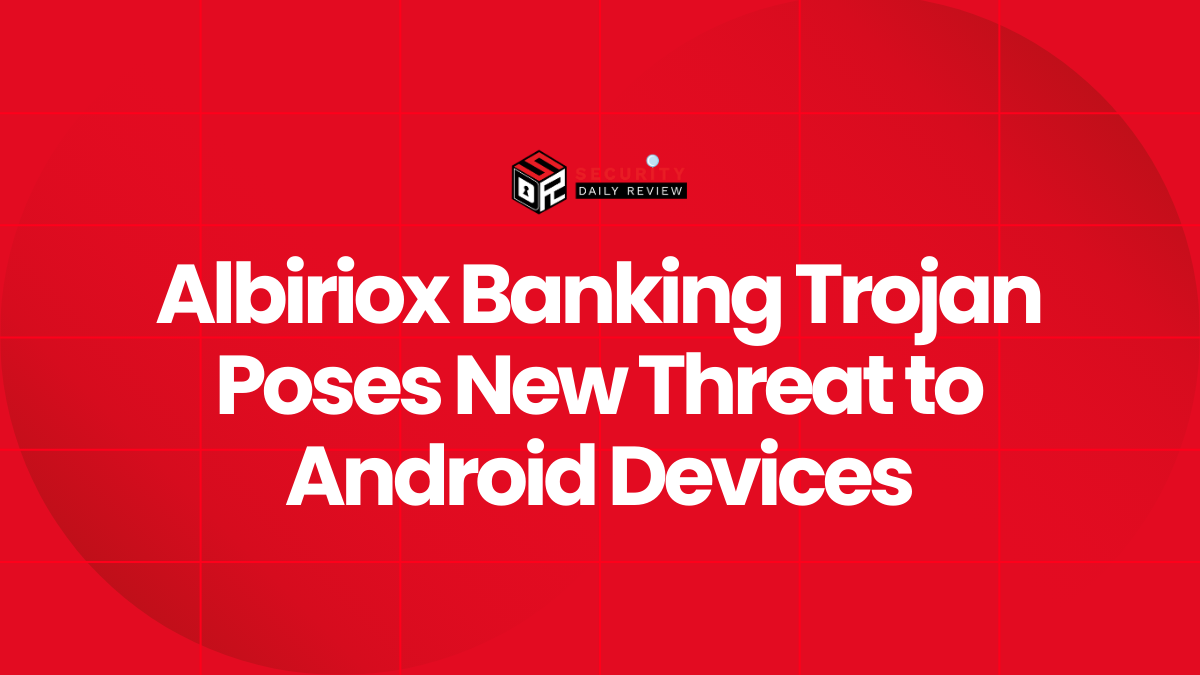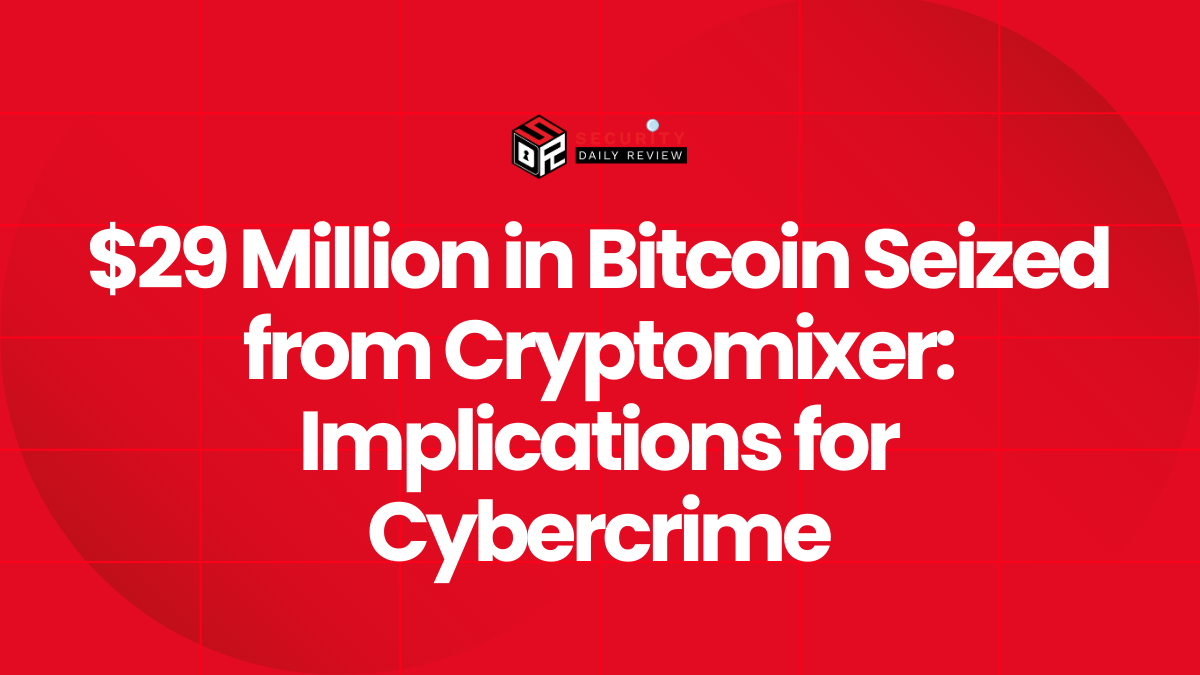Texas Tech University Data Breach: A Deep Dive into the Incident
The Texas Tech University Health Sciences Center (TTUHSC) and its El Paso counterpart recently suffered a significant cyberattack resulting in a data breach affecting an estimated 1.4 million patients. This incident highlights the vulnerability of even large institutions to sophisticated cyber threats.
The TTUHSC, a public academic health institution within the Texas Tech University System, provides education, research, and patient care services. The scale of this Texas Tech University data breach is substantial, impacting a significant portion of their patient population.
The Timeline and Scope of the Breach
The TTUHSC announced the breach in December 2024, revealing that the cyberattack occurred in September 2024. Their statement indicated that the incident led to a temporary disruption of computer systems and applications.
A subsequent investigation confirmed a cybersecurity event that allowed unauthorized access to, or removal of, files and folders from their network between September 17th and 29th, 2024. The investigation, conducted following the initial disruption, confirmed the extent of the data breach.
A filing with the U.S. Department of Health and Human Services Office for Civil Rights detailed the impact: 1,465,000 individuals were potentially affected. The exposed data varied depending on the individual but may have included highly sensitive information such as:
- Full name
- Date of birth
- Physical address
- Social Security number
- Driver’s license number
- Government ID number
- Financial account information
- Health insurance information
- Medical information
- Billing/claims data
- Diagnosis and treatment information
The TTUHSC is notifying affected individuals and providing free credit monitoring services. They also advise individuals to remain vigilant against potential phishing attempts and social engineering attacks, monitor their credit reports and health insurance statements, and report any suspicious activity to the appropriate authorities. This proactive approach from the TTUHSC is crucial in mitigating the potential long-term consequences for those affected by this Texas Tech University data breach.
Ransomware Group Claims Responsibility
The Interlock ransomware group claimed responsibility for the attack on October 27th, almost a month after the TTUHSC reportedly blocked the hackers’ access to its systems. This timing suggests a well-planned and executed attack, where data exfiltration occurred before system access was fully restricted. Interlock leaked 2.1 million files, totaling 2.6 TB of data, onto their dark web extortion portal.
This data leak, in addition to the potential for financial and identity theft, raises serious concerns about patient privacy and the long-term consequences of this Texas Tech University data breach.
Interlock is a relatively new ransomware operation known for its use of an encryptor targeting FreeBSD servers, in addition to a Windows variant. Ransom demands from Interlock reportedly range from hundreds of thousands to millions of dollars, depending on the size and perceived value of the targeted organization.
The high ransom demands and the significant data leak highlight the financial and reputational risks associated with ransomware attacks. Texas Tech University data breach serves as a cautionary tale for other organizations, emphasizing the importance of robust cybersecurity measures to protect sensitive patient data.
The Texas Tech University data breach underscores the critical need for strong cybersecurity defenses in healthcare organizations. The potential for significant financial and reputational damage, coupled with the risk to patient privacy, necessitates a proactive and comprehensive approach to cybersecurity. This incident serves as a reminder of the ongoing threat posed by ransomware and the importance of investing in robust security measures to protect sensitive data.









